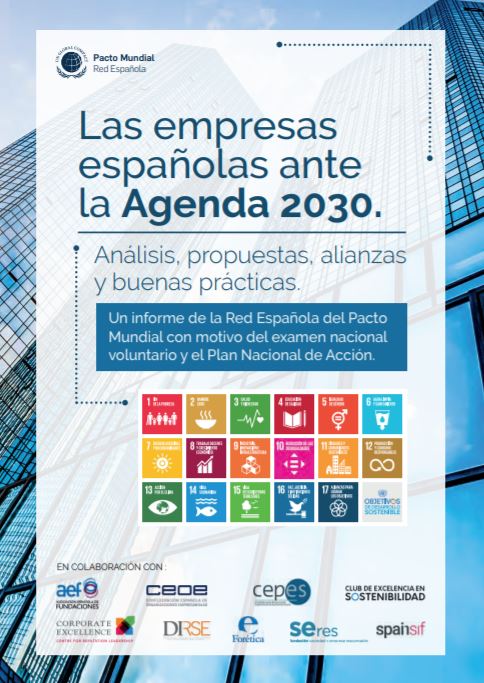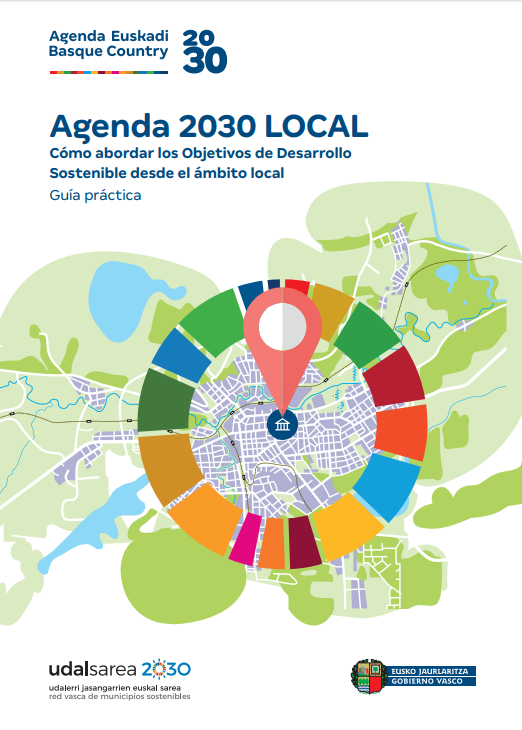

Each goal typically has 8–12 targets, and each target has between one and four indicators used to measure progress toward reaching the targets. The lists of targets and indicators for each of the 17 SDGs was published in a UN resolution in July 2017. Paragraph 59 outlines the 17 Sustainable Development Goals and the associated 169 targets and 232 indicators. On 25 September 2015, the 193 countries of the UN General Assembly adopted the 2030 Development Agenda titled "Transforming our world: the 2030 Agenda for Sustainable Development". A final document was adopted at the UN Sustainable Development Summit in September 2015 in New York. The negotiations ran in parallel to United Nations negotiations on financing for development, which determined the financial means of implementing the Post-2015 Development Agenda those negotiations resulted in adoption of the Addis Ababa Action Agenda in July 2015. Negotiations on the Post-2015 Development Agenda began in January 2015 and ended in August 2015.
3.3 Importance of technology and connectivityĪ diagram listing the 17 Sustainable Development Goals.  3.2 Weak on environmental sustainability. 1.4.17 Goal 17: Partnership for the goals. 1.4.16 Goal 16: Peace, justice and strong institutions. 1.4.12 Goal 12: Responsible consumption and production. 1.4.11 Goal 11: Sustainable cities and communities. 1.4.9 Goal 9: Industry, Innovation and Infrastructure. 1.4.8 Goal 8: Decent work and economic growth. 1.4.7 Goal 7: Affordable and clean energy. 1.4.6 Goal 6: Clean water and sanitation. 1.4.3 Goal 3: Good health and well-being. There were serious impacts and implications of the COVID-19 pandemic on all 17 SDGs in the year 2020. The SDGs pay attention to multiple cross-cutting issues, like gender equity, education, and culture. For example, the online publication SDG Tracker, launched in June 2018, presents available data across all indicators. All intention is to make data more available and easily understood. To facilitate monitoring, a variety of tools exist to track and visualize progress towards the goals. For some of the targets, no end date is given. The year by which the target is meant to be achieved is usually between 20. The resolution identifies specific targets for each goal, along with indicators that are being used to measure progress toward each target. Though the goals are broad and interdependent, two years later (6 July 2017) the SDGs were made more "actionable" by a UN Resolution adopted by the General Assembly. The 17 SDGs are: No poverty, zero hunger, good health and well-being, quality education, gender equality, clean water and sanitation, affordable and clean energy, decent work and economic growth, industry, innovation and infrastructure, Reduced Inequality, Sustainable Cities and Communities, Responsible Consumption and Production, Climate Action, Life Below Water, Life On Land, Peace, Justice, and Strong Institutions, Partnerships for the Goals. The SDGs were developed in the Post-2015 Development Agenda as the future global development framework to succeed the Millennium Development Goals which were ended in 2015. They are included in a UN-GA Resolution called the 2030 Agenda or what is colloquially known as Agenda 2030. The SDGs were set up in 2015 by the United Nations General Assembly (UN-GA) and are intended to be achieved by 2030. The Sustainable Development Goals ( SDGs) or Global Goals are a collection of 17 interlinked global goals designed to be a "shared blueprint for peace and prosperity for people and the planet, now and into the future". Supported by United Nation & Owned by community "A shared blueprint for peace and prosperity for people and the planet, now and into the future" For other uses, see SDG (disambiguation).
3.2 Weak on environmental sustainability. 1.4.17 Goal 17: Partnership for the goals. 1.4.16 Goal 16: Peace, justice and strong institutions. 1.4.12 Goal 12: Responsible consumption and production. 1.4.11 Goal 11: Sustainable cities and communities. 1.4.9 Goal 9: Industry, Innovation and Infrastructure. 1.4.8 Goal 8: Decent work and economic growth. 1.4.7 Goal 7: Affordable and clean energy. 1.4.6 Goal 6: Clean water and sanitation. 1.4.3 Goal 3: Good health and well-being. There were serious impacts and implications of the COVID-19 pandemic on all 17 SDGs in the year 2020. The SDGs pay attention to multiple cross-cutting issues, like gender equity, education, and culture. For example, the online publication SDG Tracker, launched in June 2018, presents available data across all indicators. All intention is to make data more available and easily understood. To facilitate monitoring, a variety of tools exist to track and visualize progress towards the goals. For some of the targets, no end date is given. The year by which the target is meant to be achieved is usually between 20. The resolution identifies specific targets for each goal, along with indicators that are being used to measure progress toward each target. Though the goals are broad and interdependent, two years later (6 July 2017) the SDGs were made more "actionable" by a UN Resolution adopted by the General Assembly. The 17 SDGs are: No poverty, zero hunger, good health and well-being, quality education, gender equality, clean water and sanitation, affordable and clean energy, decent work and economic growth, industry, innovation and infrastructure, Reduced Inequality, Sustainable Cities and Communities, Responsible Consumption and Production, Climate Action, Life Below Water, Life On Land, Peace, Justice, and Strong Institutions, Partnerships for the Goals. The SDGs were developed in the Post-2015 Development Agenda as the future global development framework to succeed the Millennium Development Goals which were ended in 2015. They are included in a UN-GA Resolution called the 2030 Agenda or what is colloquially known as Agenda 2030. The SDGs were set up in 2015 by the United Nations General Assembly (UN-GA) and are intended to be achieved by 2030. The Sustainable Development Goals ( SDGs) or Global Goals are a collection of 17 interlinked global goals designed to be a "shared blueprint for peace and prosperity for people and the planet, now and into the future". Supported by United Nation & Owned by community "A shared blueprint for peace and prosperity for people and the planet, now and into the future" For other uses, see SDG (disambiguation).






 0 kommentar(er)
0 kommentar(er)
